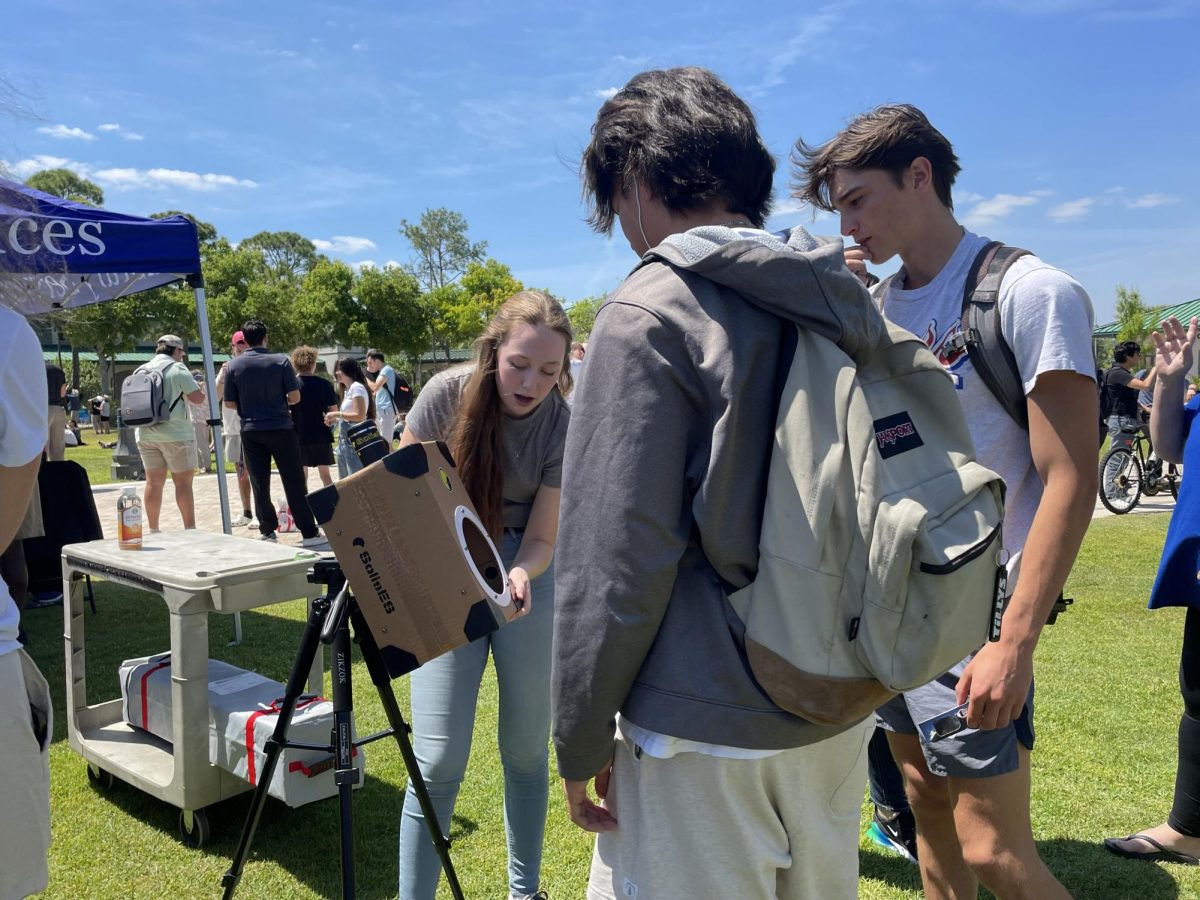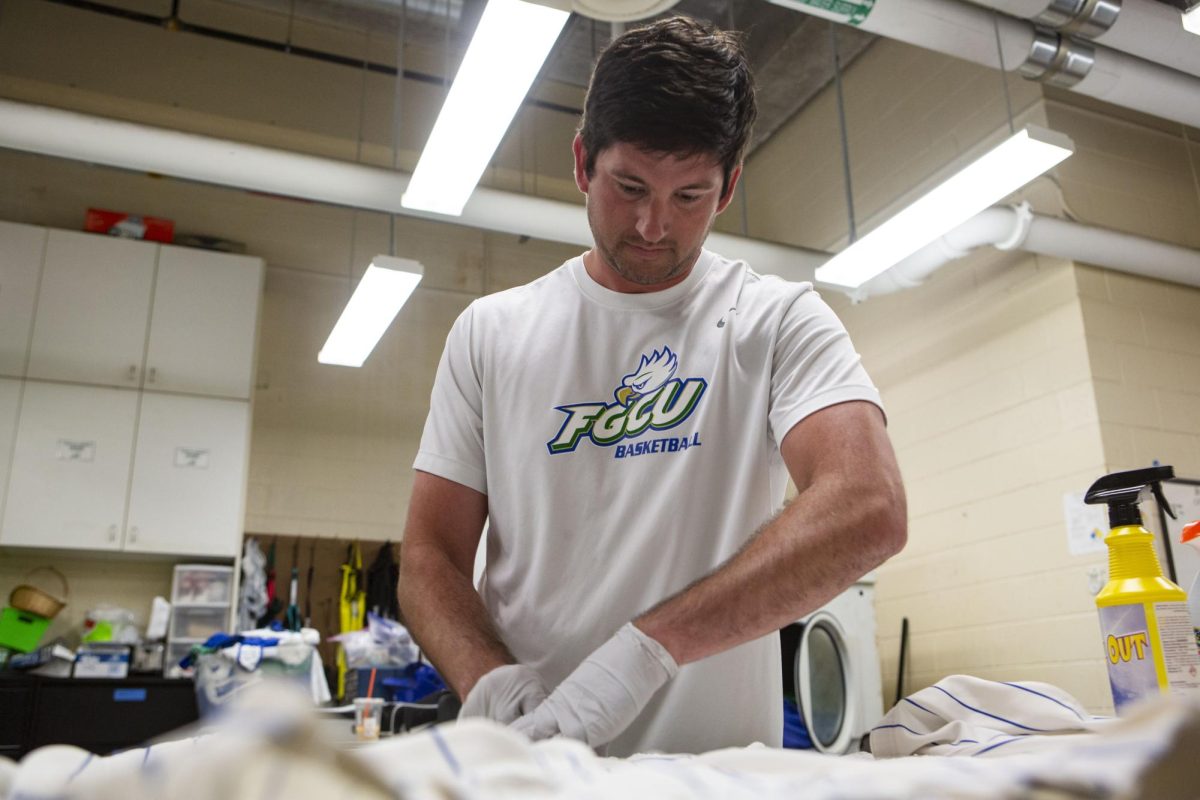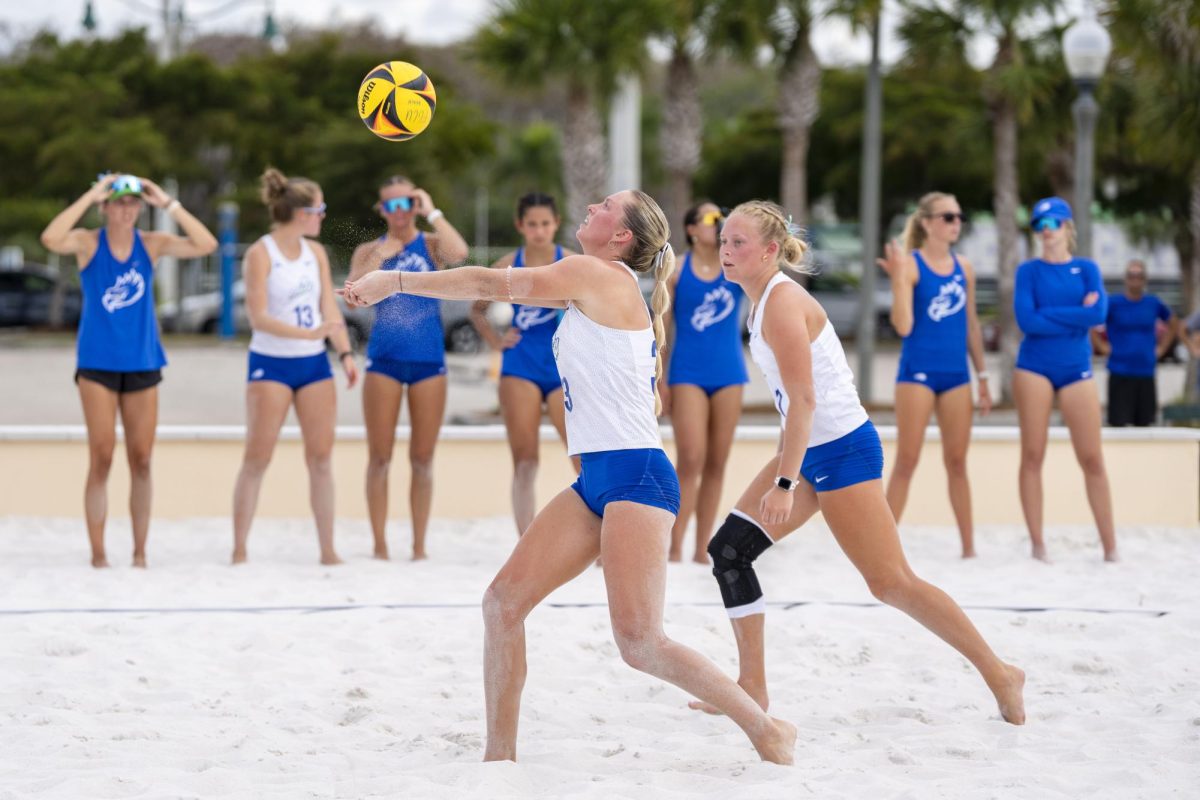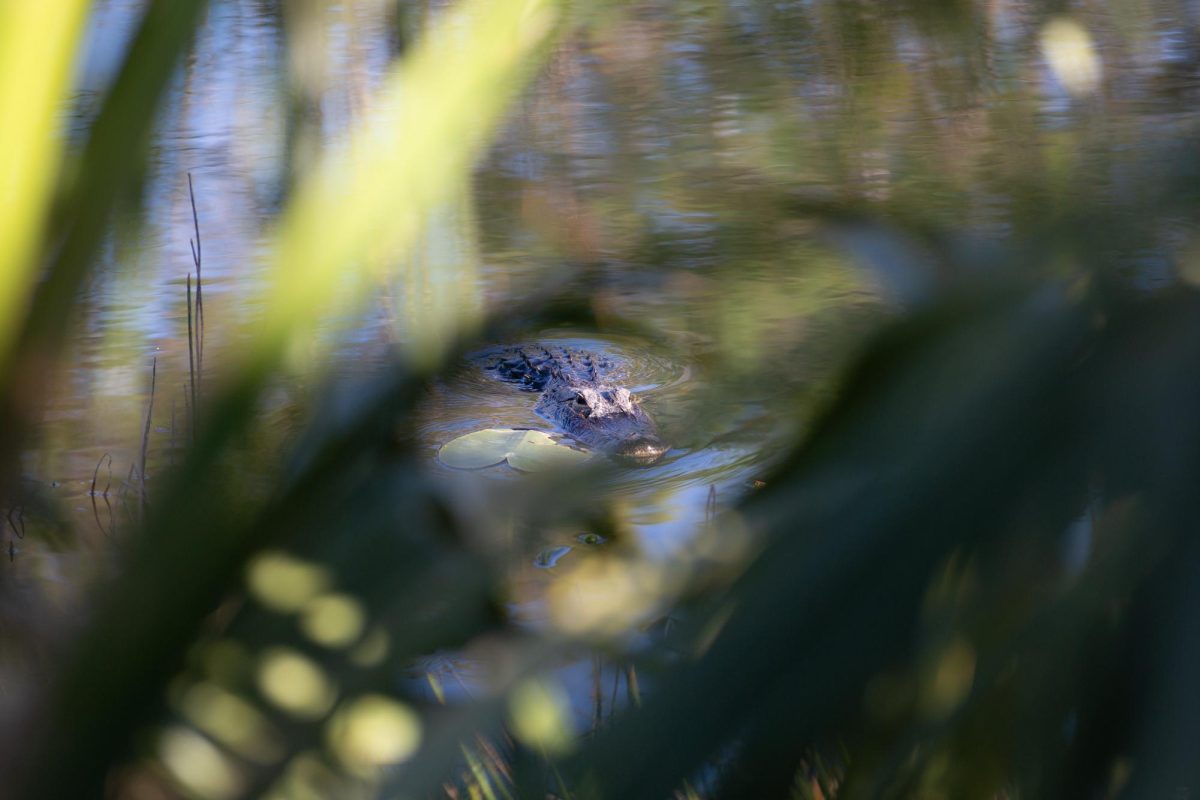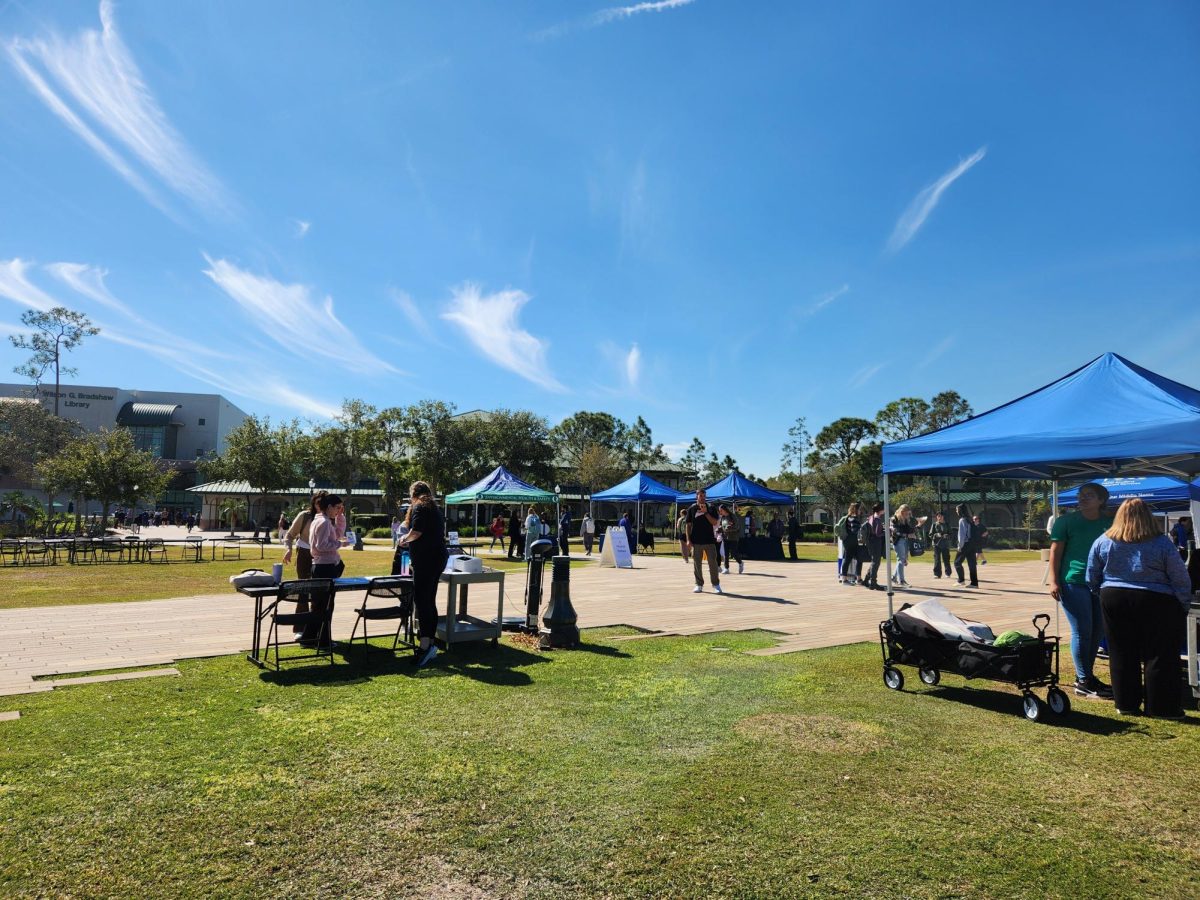In Florida, it’s inevitable you will encounter a snowbird who is driving 20 miles below the speed limit with their left turn signal on for 10 minutes. But there is one thing that is even more likely to happen when you are on the road, and that is rain.
As a Floridian, this seems to happen every time I hit the road when I’m trying to get from point A to point B, dry and in one piece. But did you know that the majority of us have fallen unknowingly guilty to a simple traffic violation every time we are driving while simultaneously being hit by a daily Florida “monsoon?”
Hazard lights are for stopped vehicles only. In Florida, it is illegal to drive with your hazard lights on. Those who break the law could be subject to a ticket of about $115, according to Florida Statute Section 316.2397.
Though most drivers are aware of the law, some seem to be uncomfortable with not putting their hazards on during a storm.“I know that it is technically illegal to drive with my hazards but I feel far more comfortable driving with them on if I can’t see in front of me,” said Monica Estes, a senior at Florida Gulf Coast University. “Especially if I am driving in an area that I am unfamiliar with.”
Law enforcement officials say hazard lights can actually reduce visibility, making other drivers think you are completely stopped. However, it seems as though a lot of us have just been following what we have seen other drivers do on the road.
“I always use my flashers when there is a torrential downpour, I had no idea it was illegal because I see so many other drivers use theirs when it is raining,” said Jon McFarland, a Florida Atlantic University alumni. “I honestly probably won’t quit using them. I think it is a good idea to use them for safety.”
The only time it is legal to have your hazard lights on is if you are pulled over on the side of the road or in an emergency situation. This is because first responders look for hazard lights in order to locate vehicles in times of distress.
“I honestly had no idea that it was illegal,” said Tina Tirico, a senior at Florida State University. “I personally always drive with them on especially if it’s pouring. I still think it allows me to be aware of the location of other cars as well as let them know where I am while I am driving.”
Another thing to keep in mind if you dare to be a rebel and ignore this law is that in some cars, turn signals are disabled when the hazards are turned on. This definitely can put you at a higher risk of being in an accident because it disables other driver’s abilities to anticipate your next move and you may not be able to see them when switching lanes.
Though you may personally feel more at ease with your hazard lights on, using them in a non-emergency situation takes away from the urgency that these lights should present to other drivers on the road.
“I don’t use my hazard lights because first off it’s illegal,” said Caty Firogenis, a senior at FSU. “Second, it is very distracting and lastly it’s like the boy who cried wolf. If you’re using your hazards when you aren’t in trouble, one day you might actually need assistance and someone might not stop and help you.”
Regardless of whether or not you decide to abide by this law, please always remember to wear your seatbelt and encourage others to do the same. Wearing your seatbelt substantially increases your chances of surviving an accident. According to the Association for Safe Int’l Road Travel, nearly 51 percent of fatalities this past year could have been prevented if a seatbelt had been worn.
So though you may feel in a state of chaos when water is falling from the sky, please refrain from turning on your hazards unless you are eager to receive a ticket.



